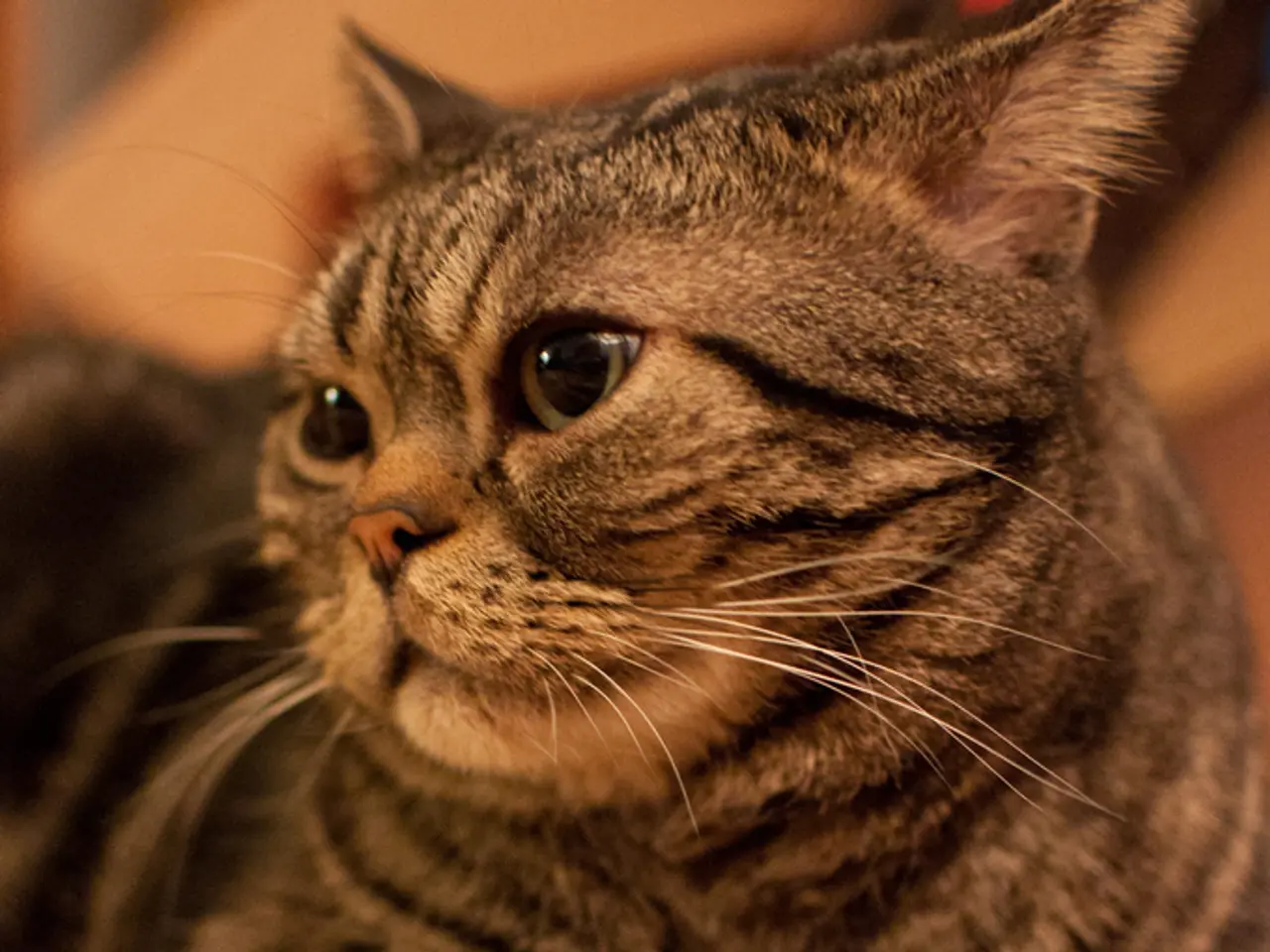Feline Pain Evaluation Scale: Understanding Your Cat's Hurt
Introducing the Feline Grimace Scale (FGS): A Tool for Assessing Cat Pain
The Feline Grimace Scale (FGS) is a valuable tool for evaluating a cat's pain level, providing a clear and reliable measure of feline pain in both clinical and research settings. Developed to help improve cat welfare, this scale focuses on observing specific facial expressions and assigning scores from 0 to 10, with higher scores indicating greater pain intensity.
Understanding the FGS
The FGS evaluates five distinct areas of a cat's face: ears, whiskers, eyes, muzzle, and head position. Each area is scored on a scale of 0 to 2, with higher scores corresponding to more pronounced signs of pain.
- Ears: Lowered ears or ears oriented back may indicate pain.
- Whiskers: Drooping whiskers could be a sign of discomfort.
- Eyes: Squinting or narrowed eyes might suggest pain.
- Muzzle: Tension or changes in the muzzle's shape could be a sign of pain.
- Head Position: The head's position relative to the shoulder line can also provide clues about a cat's pain level.
Applying the FGS
To use the FGS effectively, it's essential to have a good understanding of a cat's normal behaviour and appearance. Veterinarians and caregivers should evaluate a cat's pain as soon as something amiss is noticed, as cats often conceal signs of pain as a survival instinct.
Interpreting the FGS Scores
The total FGS score, which is obtained by adding up the scores from each category, can help determine whether a cat is likely in pain. A total score of 4/10 or higher suggests that a cat may be experiencing pain.
The Role of the FGS in Cat Welfare
The FGS is validated as a behavioural pain assessment tool and is used alongside other scales, such as the Glasgow Feline Composite Measure Pain Scale and the UNESP-Botucatu Multidimensional Composite Pain Scale, to provide a reliable measure of feline pain. This scale helps veterinarians and caregivers detect discomfort non-invasively and supports better pain management decisions.
Choosing the Right Cat Pain Scale
Notable cat pain scales include the Feline Grimace Scale, Glasgow Cat Pain Scale, and UNESP-Botucatu Multidimensional Composite Pain Scale. Dr. Amber Carter, a veterinarian, prefers the Feline Grimace Scale, finding it simple, reliable, and easy to use for both cat parents and veterinarians.
Effective Pain Management for Cats
Effective pain management in cats involves a multimodal approach, combining various strategies like medications, environmental modification, physical therapy, nutritional support, monitoring and adjustment, and addressing underlying causes. The FGS serves as an essential tool in this process, helping to ensure that cats receive the best possible care and pain relief.
Recognizing Acute and Chronic Pain
Cats with acute pain often exhibit reduced appetite, lethargy, or aggression, making acute pain easier to recognize. On the other hand, chronic pain develops gradually over time and can be more challenging to detect. Regularly using a cat pain scale can help in early diagnosis, timely treatment, and effective pain relief.
Deciding When to Euthanize
Deciding when it's time to euthanize a cat due to unbearable pain can be difficult. However, a cat pain scale can help reveal when a cat is enduring persistent, unrelenting pain, aiding in making informed decisions about a cat's quality of life and end-of-life care.
Conclusion
The Feline Grimace Scale is a valuable tool for assessing a cat's pain level, providing a clear and reliable measure of feline pain. By focusing on four visible facial features and scoring changes in these areas, the FGS helps veterinarians and caregivers accurately quantify pain in cats, supporting better pain management decisions and improving cat welfare.
- The use of the Feline Grimace Scale (FGS) can extend beyond pain assessment, as observations of facial expressions could also provide insights into a cat's overall well-being, linking to aspects of health-and-wellness and lifestyle.
- A pet owner's awareness of a cat's normal skin-care habits can be beneficial when using the FGS, as changes in a cat's grooming behavior could potentially indicate pain or discomfort.
- Regular FGS assessments could also contribute to a comprehensive understanding of a cat's mental health, as signs of pain might be associated with changes in a cat's emotional state or behavior. Furthermore, any findings could support efforts to improve fitness-and-exercise routines, promoting a holistic approach to pet care.




